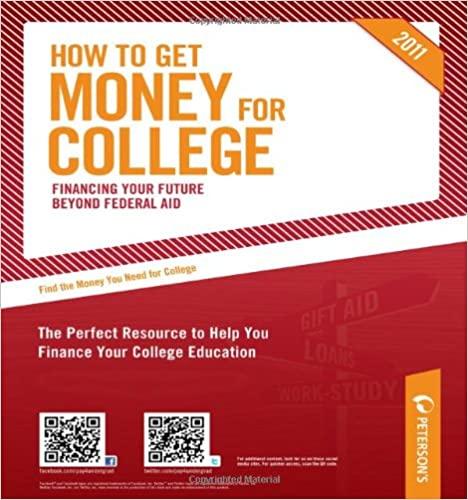Question
Question 1 of 25 1.0 Points The rate of return required by investors for owning a bond to its maturity is called the A. coupon
The rate of return required by investors for owning a bond to its maturity is called the
Reset Selection Mark for Review What's This? | |||||||||||
Which of the following statements regarding bond terminologies is INCORRECT?
Reset Selection Mark for Review What's This? | |||||||||||
Which of the following statements regarding bond trading is INCORRECT?
Reset Selection Mark for Review What's This? | |||||||||||
Which bond would most likely possess the least degree of interest rate risk?
Reset Selection Mark for Review What's This? | |||||||||||
What is the value of a bond that will pay a total of 50 semiannual coupons of $80 each over the remainder of its life? The yield to maturity is 12%, p.a. Note: B = C [{1 |
Step by Step Solution
There are 3 Steps involved in it
Step: 1

Get Instant Access to Expert-Tailored Solutions
See step-by-step solutions with expert insights and AI powered tools for academic success
Step: 2

Step: 3

Ace Your Homework with AI
Get the answers you need in no time with our AI-driven, step-by-step assistance
Get Started


